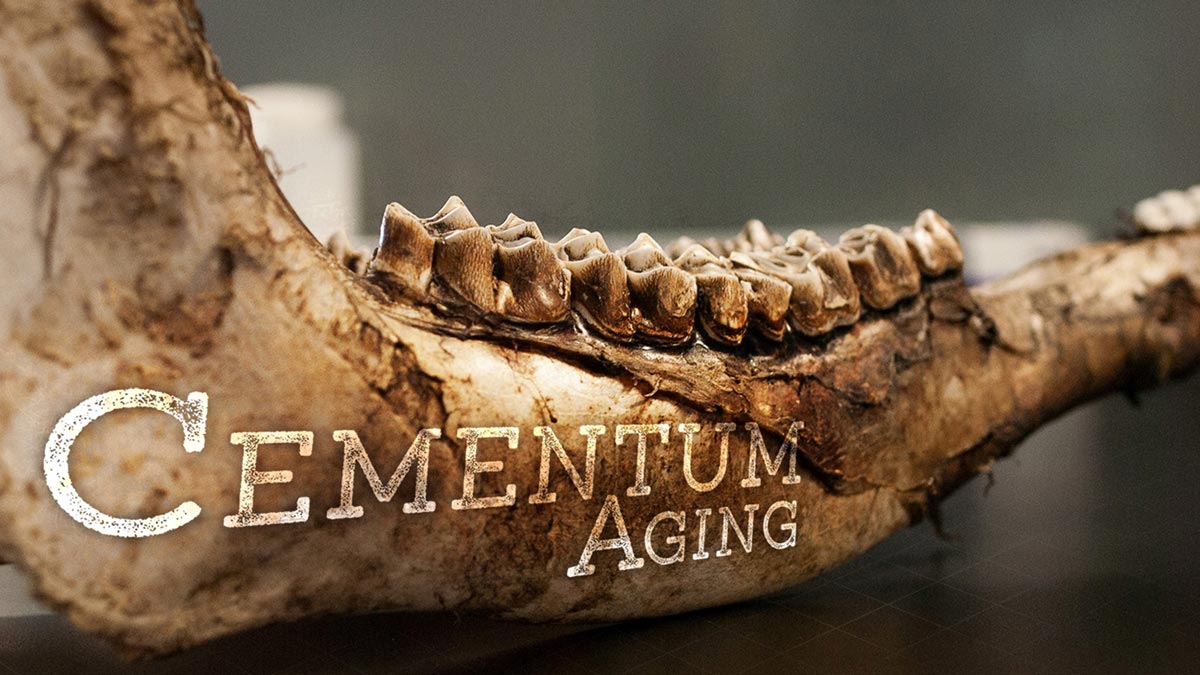What do elk teeth and tree stumps have in common? Both can be aged by counting their rings.
Here’s how it works and why it matters.
by Tana Wilson
Editor’s Note: This is the third edition of a 3-part series about scientific aging using elk and other wildlife teeth— a service now offered to hunters through Matson’s Laboratory.
Walking into Matson’s Laboratory near Bozeman, Montana, you’ll see up to nine lab employees all trained in each of the steps that go into aging a single tooth. You would also see striking blue tiled floor. When owner Carolyn Nistler picked out the tiles, she wanted to make sure they were a color that would allow a dropped tooth to stand out. Aging teeth is a curiously quiet process, the opposite of being at the dentist and listening to all the miniature power tools at work. If it wasn’t for background music you would be able to hear a pin drop, or in this case, a tooth.
The folks who work at the lab have a unique skill set. After hiring on, new employees undergo training similar to an apprenticeship. Most have either a biology or histology (the study of the microscopic structure of tissues) degree, and they have to slice, stain and accurately age a lot of teeth to become an ager.
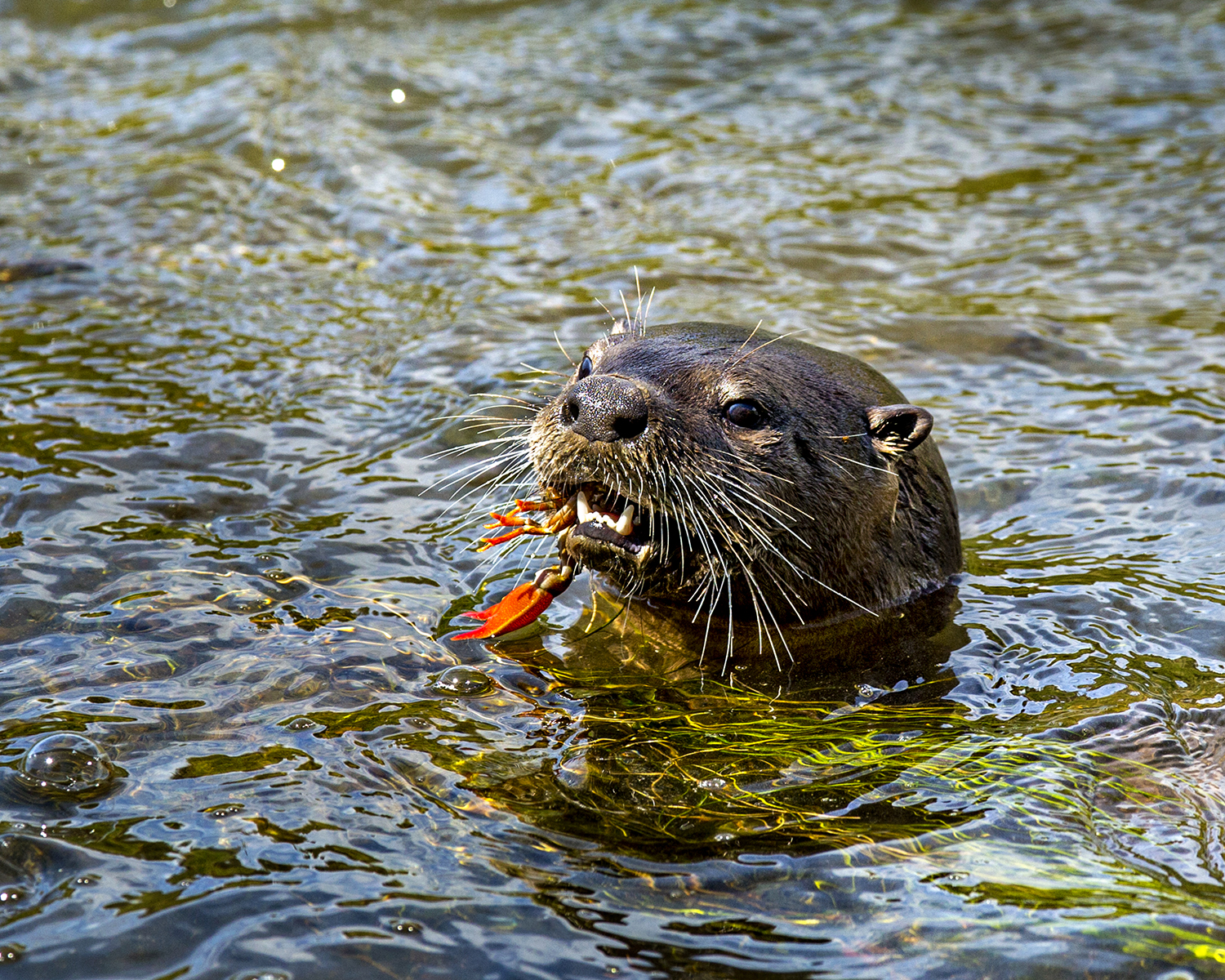
The lab has a set of blind-test slides that are used to test rookie agers. The goal is for every trainee to accurately recognize and age teeth of the most common species, and for each to also find their forte with more specialized species.
A peer-reviewed study led by Montana Fish, Wildlife and Parks biologists and published in the Journal of Wildlife Management in 2000 evaluated the accuracy of cementum aging by Matson’s Lab for 111 known-age elk, 108 mule deer and 74 whitetails.
It found accuracy rates of over 97 percent for elk, over 92 percent for mule deer and over 85 percent for whitetails.
This dependability has led biologists around the country to rely on Matson’s Lab. Montana has aged wolves there since the first pack roamed back into the state from Canada in 1979. Matson’s has similarly aged virtually every black bear killed by hunters in Pennsylvania, New Mexico, Maine, North Carolina and a large number from other states and provinces since the 1980s—over 800,000 to date. Such a deep archive of data in each state reflects the fortunes of species on a broad scale.
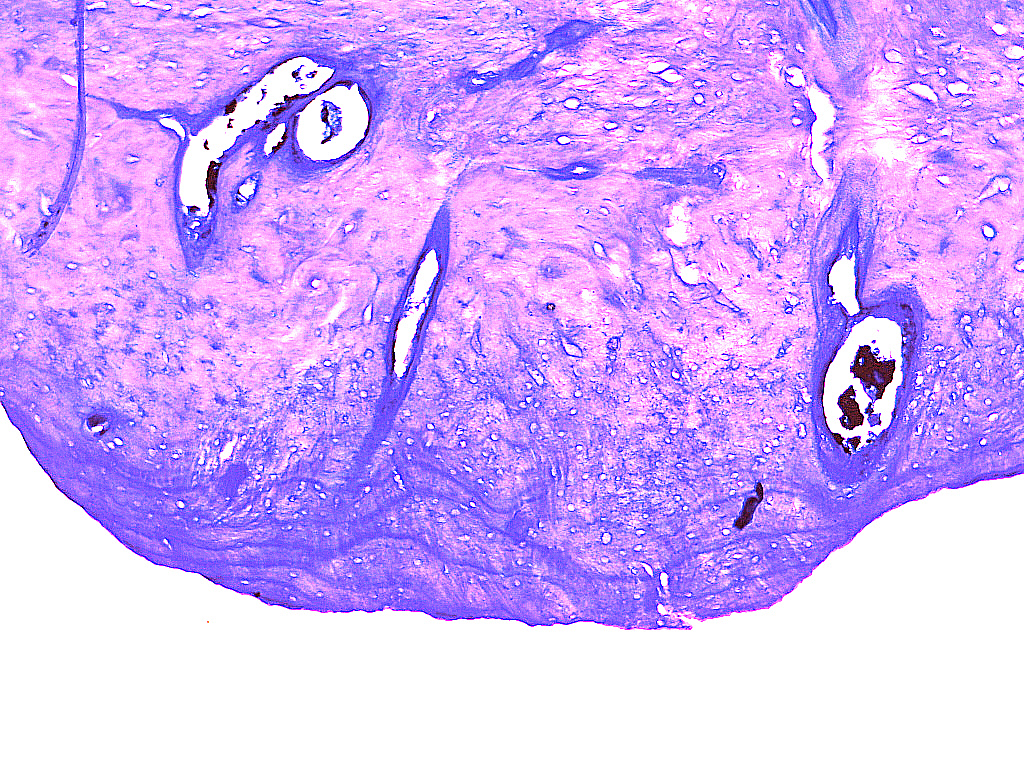
New Mexico Department of Game and Fish (NMGF) relies on Matson’s cementum analysis as a primary indicator for both mountain lions and black bears, which also gives them a window into bear reproduction.
“We use the lab to track what ages most female bears first give birth to see if there are any changes or trends over time,” says Elise Goldstein, NMGF Wildlife Management Division assistant chief. “Good healthy bears should have cubs beginning at a fairly young age, which can be tied to climate conditions and food availability. So, if your birthing age suddenly spikes and stays up, we will want to figure out what happened and why.”
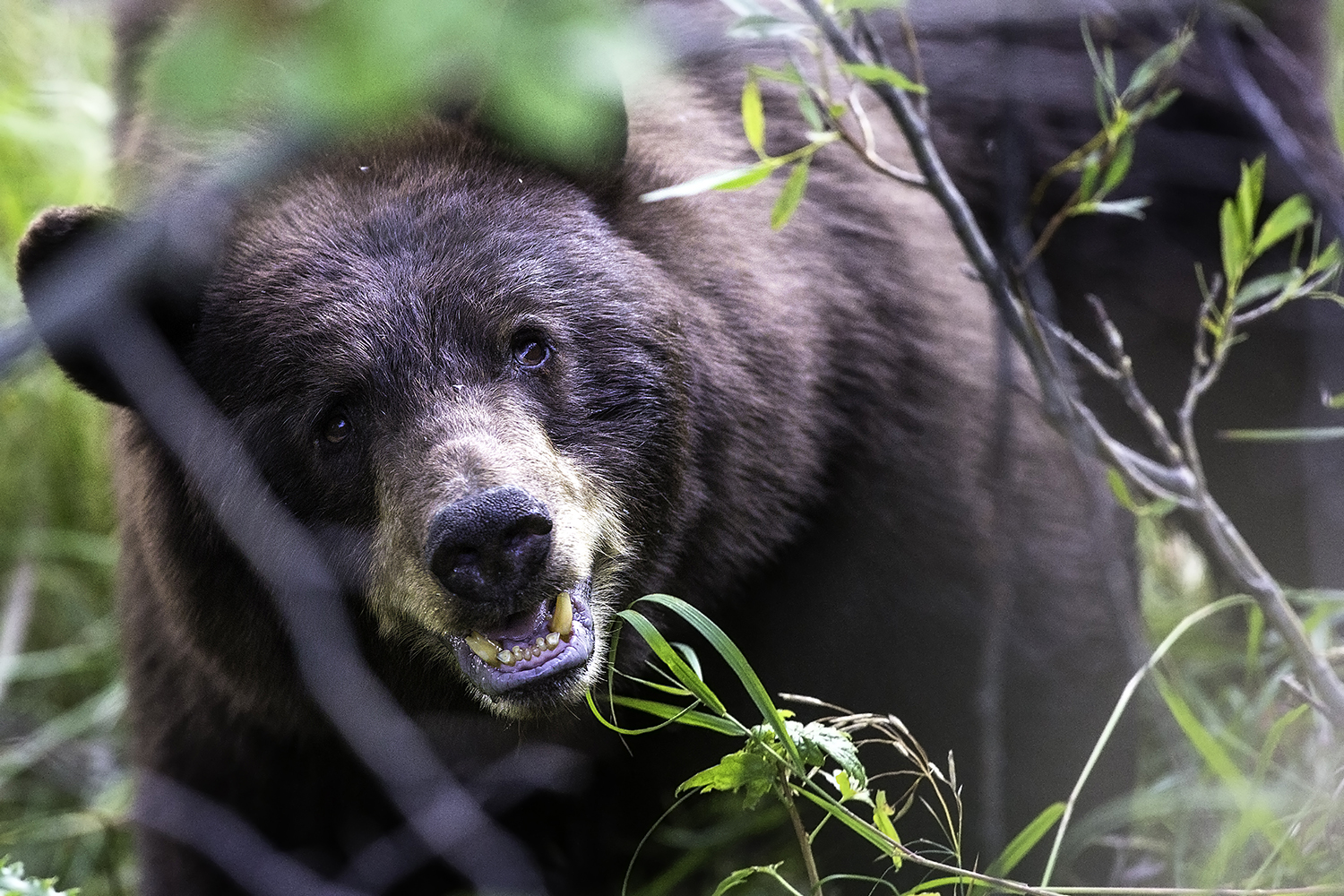
The data also helps them to set hunting seasons.
“If suddenly the average age of harvested bears in a certain area plummets and continues to stay low, we’ll be like, ‘Wow, what happened to all the mature bears?’” Goldstein says. “And we will look to see if there is has been a disease die-off, a big change in habitat, a drought—something that might lead us to shift our harvest management in response.”
She says Matson’s has been a stalwart partner in this effort for decades, which is a service that the lab is proud to deliver.
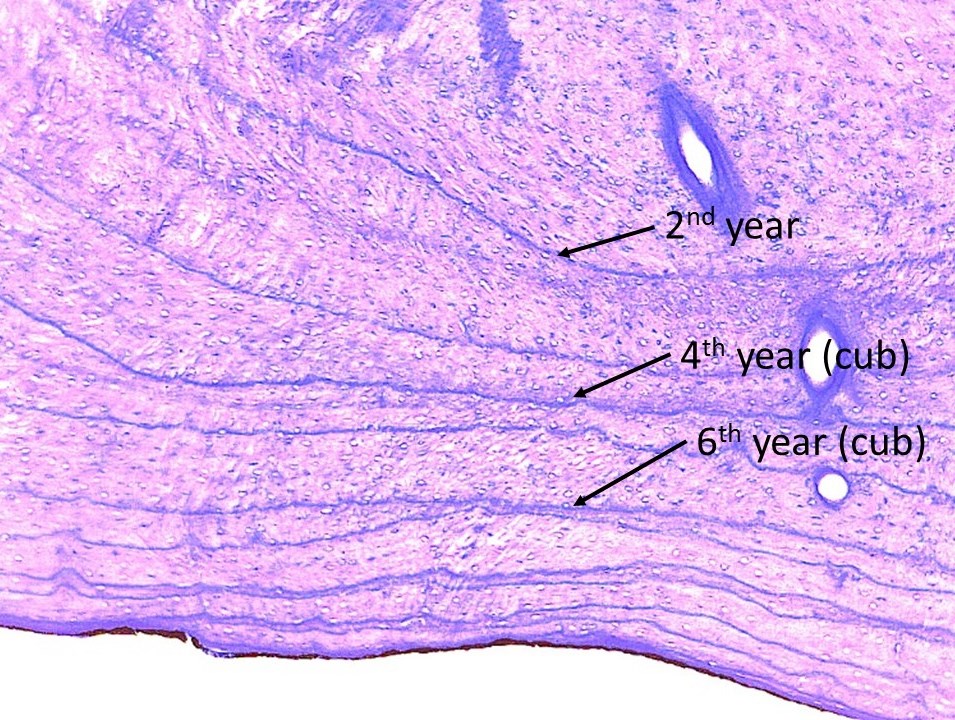
“The success of the lab has a lot to do with the loyalty and support we’ve had from our clients,” lab founder Gary Matson says. “We’ve tried to be a member of the wildlife biology community, rather than just a vendor. We want our results to be the best so that the wildlife management actions taken because of those results can be the best, too.”
To learn more about cementum and how hunters can send in teeth from game to get them aged, visit www.matsonslab.com.
